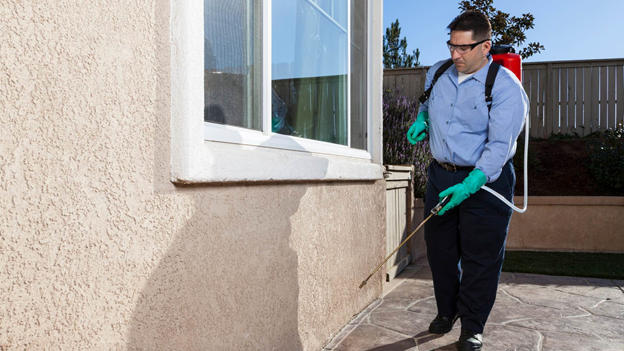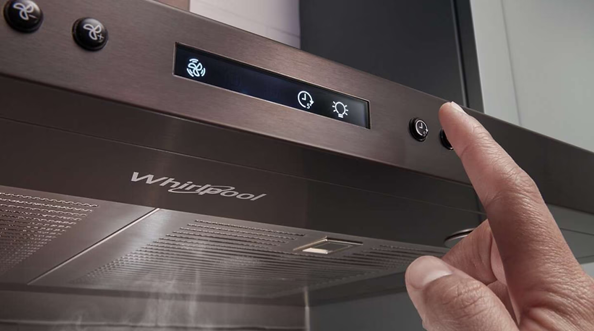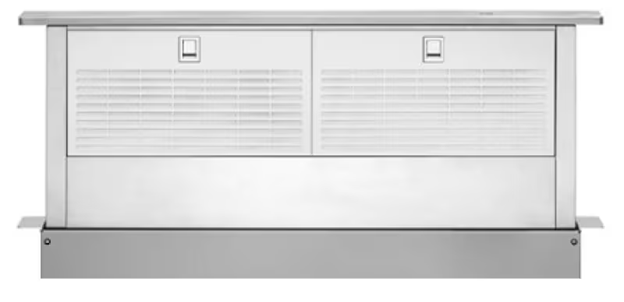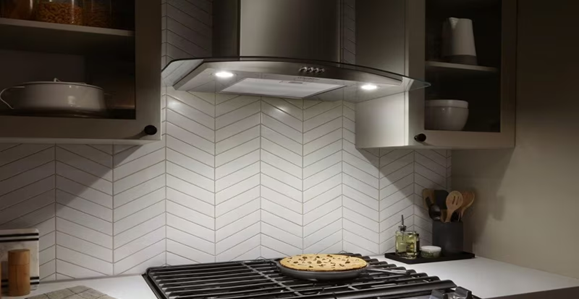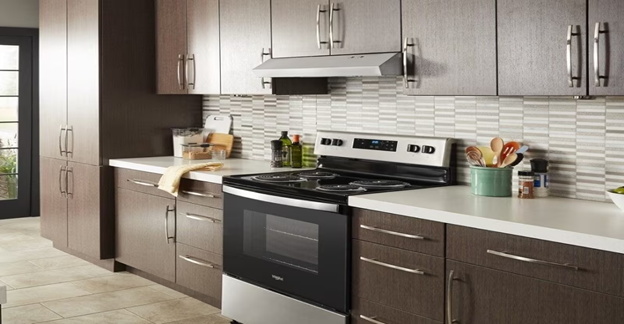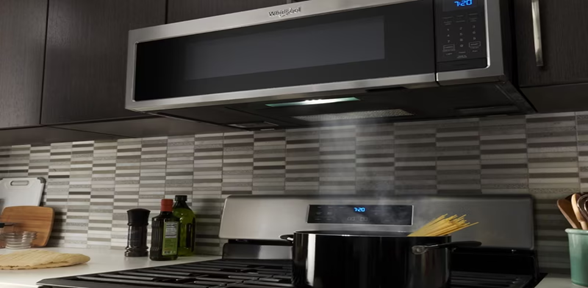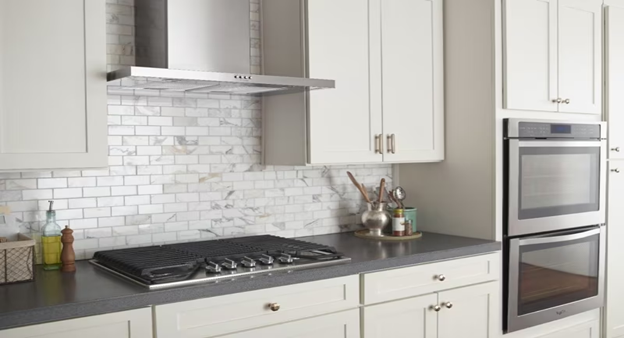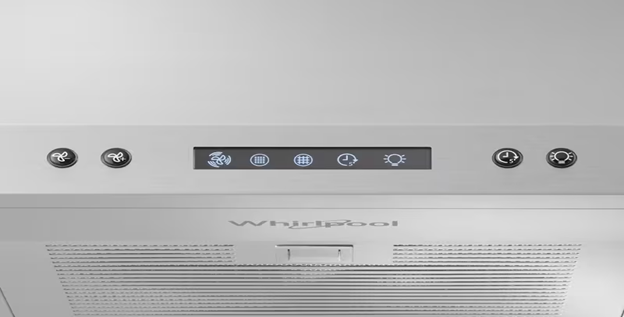Over winter it can be difficult to look outside at your garden and see it empty and cold. You long for the summer months, those warmer times when you spend so much more time outside than in, and your garden is green, buzzing, and full of action. If you have furniture that you use outside it is important that you look after it over winter, even if it is all weather garden furniture.
The specific dangers you need to keep an eye on for each piece of garden furniture will depend on the materials that it is made of. We’ve broken down the maintenance into a few types of furniture, so it is easier to follow:
Metal furniture
Aluminium, galvanised steel, wrought iron, and other metal furniture looks modern and sleek. Some metal might suffer from rust and corrosion over time, with winter weather and moisture potentially causing problems, whilst some metal garden furniture is built to resist the elements.
Wicker and rattan furniture
Often a popular choice of material for garden furniture. Over winter months this type of furniture could be in danger of suffering from mould and sagging, as well as naturally weakening when faced with the cold and wet weather.
Wooden furniture
An all-time classic choice of garden furniture, wood looks great and is durable, but it can begin to warp and crack the longer it is exposed to the elements. Over time, this can lead to structural problems.
Plastic furniture
Plastic was a popular choice in the 1980s and 1990s especially due to being lightweight, easy to clean, and affordable. It can fade and become brittle due to exposure to the sun though, and during winter it can suffer in appearance and durability.
When and how to inspect your garden furniture?
The best time to prepare your garden furniture for winter is in September and early October. This is the best time to inspect everything you have in place and to check for damage and loose parts, to repair anything that needs fixing and to put in place the measures that will keep your furniture clean and dry over the cold winter months.
Should I cover or store my furniture?
There are a couple of choices that you can make with your garden furniture, either cover it or store it away inside. The choice is down to you and will depend on your storage space and the type of covers you have.Covering garden furniture with high quality covers helps shield it from UV rays, rain, snow, wind, it resists dust, leaves, and garden debris, and minimises the risk of moisture damage, cracking, rusting, corrosion, and extends the lifespan of any piece of garden furniture.
If you live somewhere with extreme winter weather conditions, it might be more sensible to store your garden furniture away inside. If you have a metal garden shed with space, a garage, or other storage solutions, storing your garden furniture away will keep them dry and safe from the elements.
What about outdoor cushions?
Also, one of the biggest concerns for people with garden furniture is what to do about any soft furnishings such as cushions during the winter. Outdoor cushions play an integral part in creating a comfortable ambience, so you do not want to damage them during winter. Have a regular routine all year round of removing cushions, shaking them gently and cleaning them down with a soft brush or a cloth, using soap and water to gently clean them and leave to air dry. During winter, store your cushions inside, in a dry, cool place, away from direct sunlight.
It is vital that you look after your all weather garden furniture over winter. Even the best quality products need care and attention, ensuring that when you do venture back outside come spring, your garden furniture is in the best condition to provide you with the comfort and style you are looking for in your back garden.



